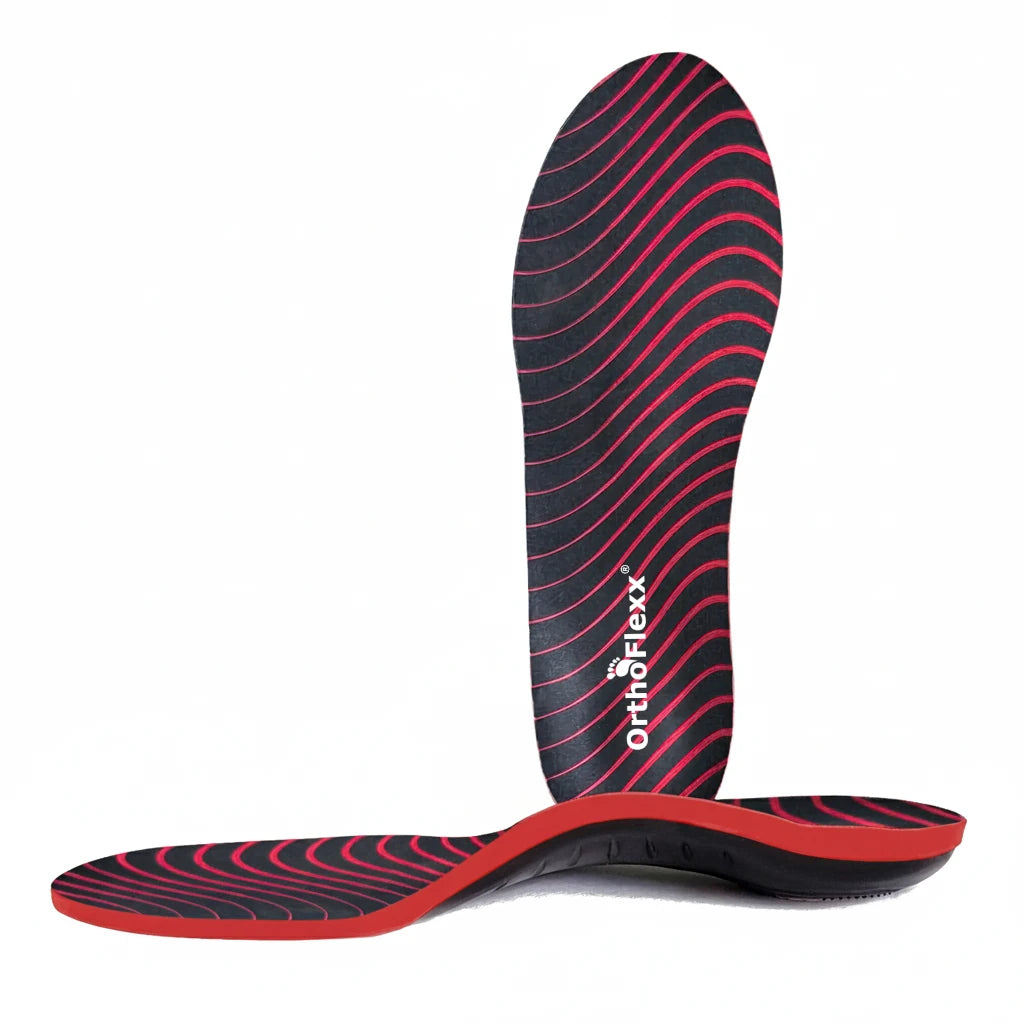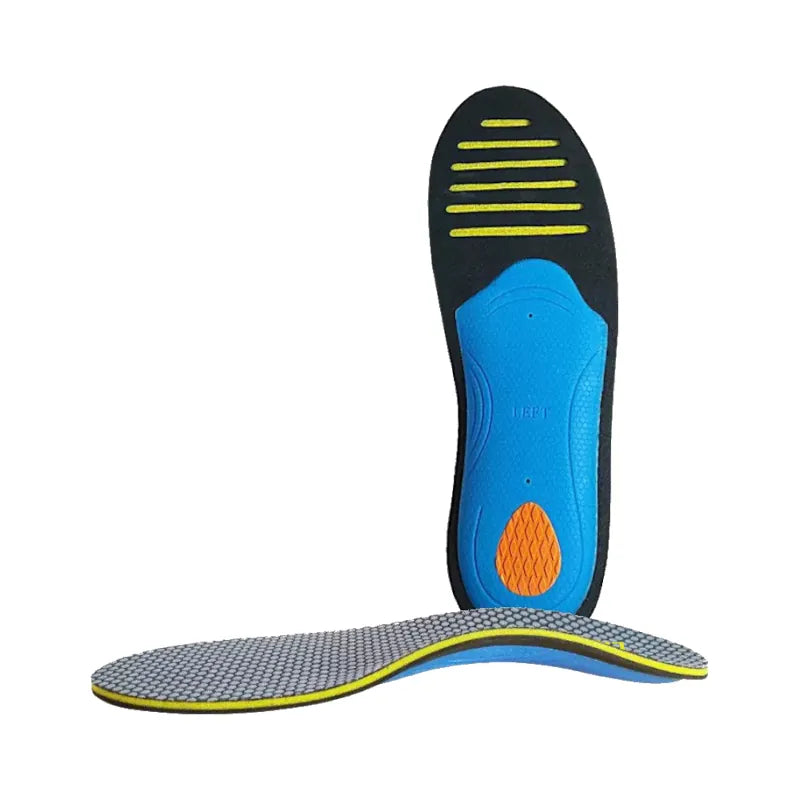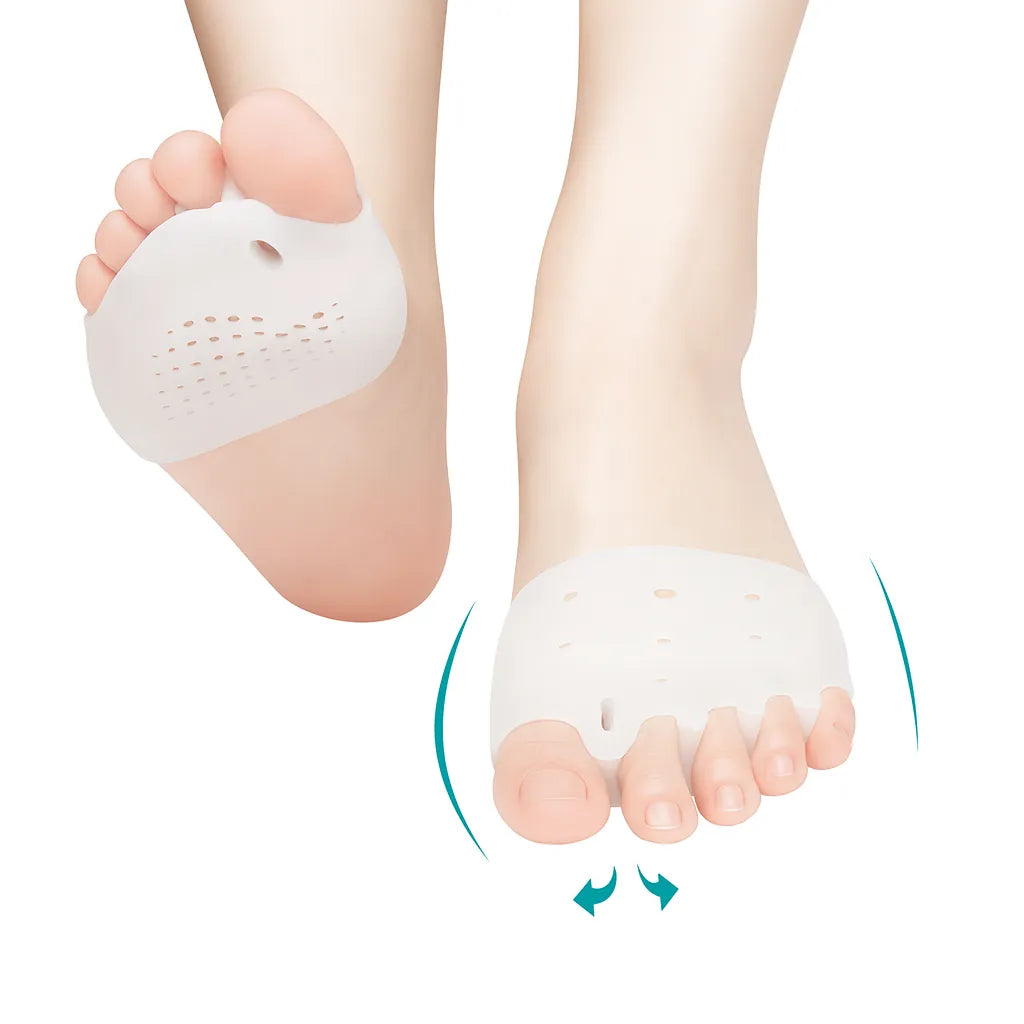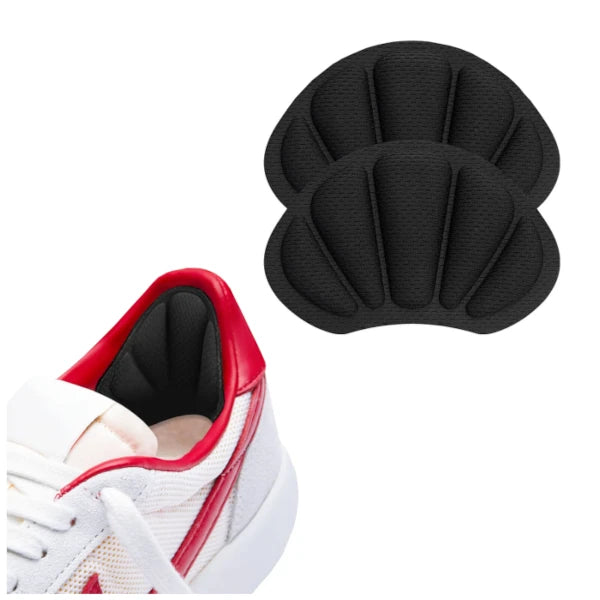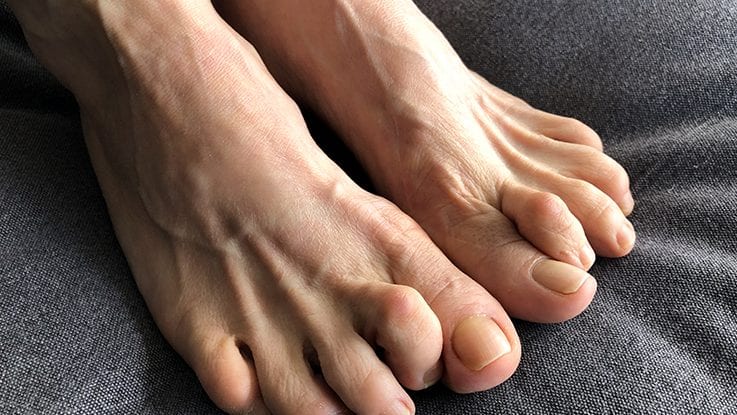
Hammer Toe And Its Associated Foot Pain
Share
Gout is a form of arthritis that is characterized by sudden and severe attacks of pain, tenderness, and swelling in the joints. It is caused by the build-up of uric acid crystals in the joints, which can lead to inflammation and intense discomfort. While gout can affect any joint in the body, it commonly manifests in the foot, particularly the big toe.

Understanding the indications of gout in the foot is crucial for early diagnosis and effective management of this condition. In this article, we will explore the various clues that can help identify gout in the foot, along with its causes, symptoms, and treatment options.
Causes of Gout:
Gout is primarily caused by elevated levels of uric acid in the blood, a condition known as hyperuricemia. Uric acid is a waste product that is produced when the body breaks down purines, which are substances found in certain foods and drinks. When the levels of uric acid become too high, it can crystallize and deposit in the joints, triggering gouty attacks. Several factors can contribute to the development of gout, including:
- Diet: Consuming foods that are high in purines, such as red meat, organ meats, seafood, and excessive alcohol, can increase the risk of gout.
- Genetics: Gout can run in families, suggesting a genetic predisposition to the condition.
- Obesity: Being overweight or obese can lead to higher levels of uric acid in the body, increasing the likelihood of gout.
- Medical Conditions: Certain medical conditions such as high blood pressure, diabetes, kidney disease, and metabolic syndrome can increase the risk of developing gout.
Symptoms of Gout in the Foot:
Gout attacks in the foot can be excruciatingly painful and may occur suddenly, often at night. The foot, especially the joint at the base of the big toe, is one of the most common locations for gouty attacks. Recognizing the signs and symptoms of gout in the foot is essential for timely intervention. Some key indications include:
- Intense Joint Pain: The hallmark symptom of gout is severe joint pain, often described as a sudden, throbbing sensation. The pain is usually accompanied by tenderness, swelling, and redness in the affected area.
- Limited Range Of Motion: During a gout attack, the affected joint may become stiff, making it difficult to move or put weight on the foot.
- Warmth And Redness: The skin around the affected joint may feel hot to the touch and appear red or flushed.
- Tophi Formation: In chronic cases of gout, small, white, chalky deposits known as tophi may develop under the skin around the affected joint. Tophi are a result of the accumulation of uric acid crystals and can lead to joint deformities if left untreated.
Diagnosis of Gout:
If gout in the foot is suspected, it is essential to seek medical attention promptly. A healthcare professional will perform a physical examination and may order diagnostic tests to confirm the diagnosis. These may include:
- Joint Aspiration: In this procedure, a small needle is used to withdraw fluid from the affected joint. The fluid is then analyzed for the presence of uric acid crystals, which is a definitive sign of gout.
- Blood Tests: Blood tests can measure the levels of uric acid in the blood. However, it is important to note that elevated uric acid levels alone do not confirm a diagnosis of gout, as hyperuricemia can occur without symptoms.
- Imaging Tests: X-rays, ultrasound, or other imaging tests may be ordered to evaluate the extent of joint damage and rule out other conditions that may mimic gout.
Treatment and Management of Gout:
While gout is a chronic condition that cannot be cured, it can be effectively managed through a combination of lifestyle modifications and medications. The primary goals of treatment are to relieve pain, reduce inflammation, prevent future gout attacks, and lower uric acid levels. Treatment options include:
- Nonsteroidal Anti-Inflammatory Drugs (NSAIDs): These medications, such as ibuprofen and naproxen, can help reduce pain and inflammation during acute gout attacks.
- Colchicine: Colchicine is an alternative medication that can be used to alleviate pain and inflammation associated with gout. It is often prescribed when NSAIDs are not well-tolerated or contraindicated.
- Corticosteroids: In severe cases or when other medications are ineffective, corticosteroids may be injected directly into the affected joint to provide immediate relief.
- Lifestyle Modifications: Making certain changes to your lifestyle can help prevent gout attacks and manage the condition more effectively. These include maintaining a healthy weight, avoiding purine-rich
